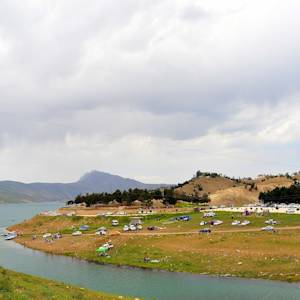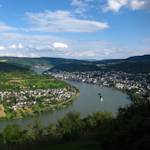Orinoco River
1905 CE • Venezuela, Colombia
"My current, powerful and mighty though it seems, is but a tiny thread of the many streams that, mingled and interwoven, so to say, go to form the main artery of whirling, heaving water called the Orinoco. From north and south, from east and west, we all flow along the bosom of the plains, after having gathered unto ourselves the playful streamlets, the murmuring brooks that swell into torrents and dash down the mountain-sides, filling the hills and the intervening valleys with life and joy. They come from the highest slopes—nay, from the topmost peaks crowned with everlasting snow, the sources of our life; down they rush, and after innumerable turns and twists, after forming now cataracts, now placid lakes, reach the plain, and in their course they broaden the large streams which in turn merge with others in the huge basin, and form the vast artery that drains the surface of a great part of the continent, and bears its tribute to the Atlantic Ocean . . . you will see all the wonders of tropical Nature." - Santiago Pérez Triana, 1902 Flowing from Colombia and Venezuela to the Atlantic Ocean, the Orinoco River is one of the longest rivers in South America. The river is both biologically and culturally rich, home to a diverse array of wildlife from jaguars to river dolphins to the endangered Orinoco crocodile, and supports millions of people. Today the river is threatened with pressures from mining and oil and gas industries, agro-industry, climate change, and pollution. While the health of the Orinoco is considered stable, these pressures make the waterway considered at risk.
Quote: Santiago Pérez Triana, Down the Orinoco in a Canoe (New York, NY: Thomas Y. Crowell & Co. Publishers, 1902), 101-104. "Orinoco Basin Report Card," World Wildlife Foundation, 2016.
Image: Anagoria, CC BY 3.0, via Wikimedia Commons


Learn about Maya Lin’s fifth and final memorial: a multi-platform science based artwork that presents an ecological history of our world - past, present, and future.

Discover ecological histories and stories of former abundance, loss, and recovery on the map of memory.

Learn how we can reduce our emissions and protect and restore species and habitats – around the world.

See how art can help us rethink the problems we face, and give us hope that each one of us can make a difference.

Help make a global memorial something personal and close to home. Share your stories of the natural world.


